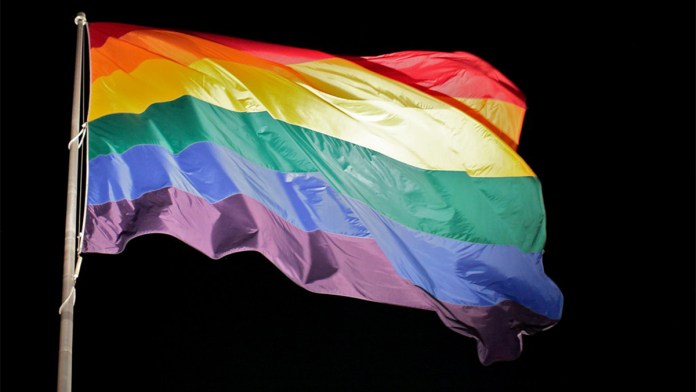The Student Safe Zone, which is a four week program led by the Otter Cross Cultural Center, marked the beginning of their LGBTQ+ informational series on Sept. 25. The Safe Zone training was tailored to develop spaces in campus where students of different gender and sexual representations can express themselves without any judgement.
Not only does the program aim to provide students with tools for advocacy and for forming stronger foundations for allyship, but it also strives to educate students on the terminology, history and events that are central to the LGBTQ+ community.
Valerie Ordonéz, the Courageous Conversations student coordinator held the event, while Bianca Zamora helped moderate.
Ordonéz organized the conversation around the general history and significant LGBTQ+ milestones that shaped the entire movement.
One of the first topics addressed retold the story of the emergence of the modern Pride flag. Prior to the flags creation, the LGBTQ+ community was represented by the pink triangle symbol, which initially was a symbol of shame that Nazi Germany stamped upon their queer prisoners, but had later had been reclaimed in the 1980s during the height of the HIV and AIDS epidemic.
The repurposed symbol labeled safe spaces for queer people and was a key emblem in the AIDS advocacy movement when popularized in SILENCE=DEATH ads. In spite of adapting the message behind the pink triangle, plenty were still uneasy about the controversy behind the symbol and therefore sought for a new emblem.
Harvey Milk, the first openly gay elected official, asked designer and flagmaker Gilbert Baker to create a new symbol that represented every aspect of the LGBTQ+ movement. Thus, the Pride flag that we know today was born.
Ordonéz also highly emphasized the importance of the Stonewall Riots and celebrated activist Marsha ‘pay-it-no-mind’ Johnson. These riots were fundamental to the movement as they sparked the Gay Liberation Front and later fueled the modern fight for LGBTQ+ rights.
Johnson had been a prominent figure in the uprising and also was the first person to throw a brick in Stonewall. The Street Transvestite Action Revolutionaries (STAR) was also founded by Johnson and her colleague Sylvia Rivera, which provided shelter for homeless and queer youth and sex workers. Johnson’s radiating warmth and determined activism built her legacy.
Intersectionality was also emphasized during the dialogue. Zamora defined intersectionality as a period when “all different instances of oppression- like homophobia, classism, racism, xenophobia and more- contribute to the impact of people’s access to power, people’s access to privilege and people’s access to resources.”
As the queer community is far from being monolithic, Ordonéz and Zamora told the audience all oppressive systems are intertwined with one another and cannot be solved alone. One must remember this when examining the issues affecting the LGBTQ+ community.
Without an intersectional lens, our attempts to confront inequalities within the LGBTQ+ community will be fruitless and shall further perpetuate a line of inequity.
The Student Safe Zone will have their second meeting on Oct. 4 which will further discuss themes of intersectionality. The training will also center around the importance of pronouns and social problems such as transphobia and heteronormativity.

